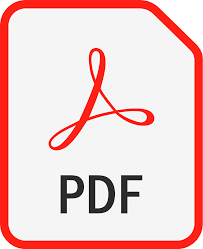The Greater Amanzule Wetland (GAW) is located in southwestern Ghana and falls within three (3) district assemblies namely Jomoro and Nzema East Municipal Assemblies and the Ellembelle District Assembly. It covers approximately 50,000 hectares of land and water areas.
The area is situated between latitude 4° 53′ and 4° 46′ North and longitude 2° 00′ and 2° 05′ west. The GAW falls within the wet-evergreen high forest zone of Ghana and is a biologically diverse system comprising tropical/terrestrial forests, swamp forests, mangrove forests and the Ankobra river estuary.
The Greater Amanzule Wetland (GAW) is a key biodiversity area characterized by tropical/terrestrial forests, swamp forests, bamboo and mangrove forests mostly comprising Avicennia germinans, Rhizophora mangle and the Laguncularia racemosa mangroves.
The fauna composition include IUCN listed endangered species such as the Geoffroy’s black–and-white Colobus (Colobus vellerosus), Diana monkey (Cercopithecus Diana), African Dwarf Crocodile (Osteolaemus tetraspis), Albizia ferruginea, Red Colobus (Colobus badius), White-naped mangabey (Cerocebus torquatus), Hooded vulture (Necrosyrtes monachus), the endemic frog species Morerella cf. cyanophthalma, the Leatherback turtle, the Olive Ridley turtle, the Loggerhead turtle, Home’s Hinge-back tortoise and the West Africa Dwarf crocodile.
The purpose of this mapping exercise was to assess the extent and distribution of wetland resources within the Greater Amanzule wetlands to provide baseline date to support planning and management decision making using participatory mapping processes and GIS.


